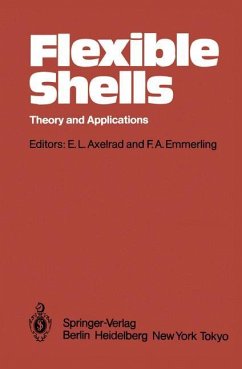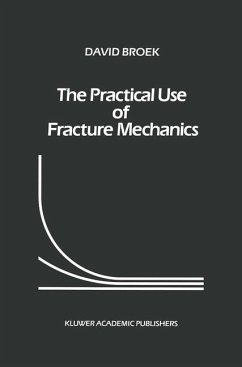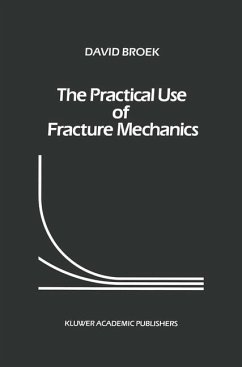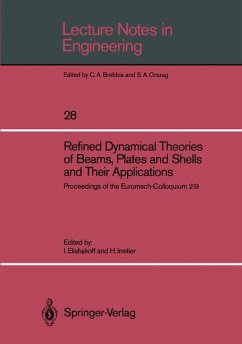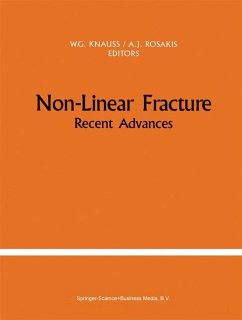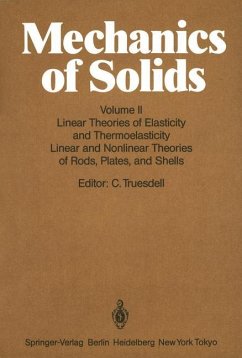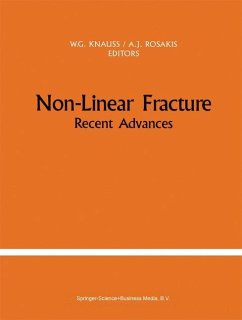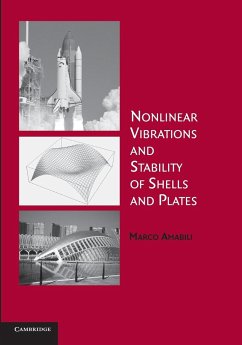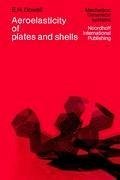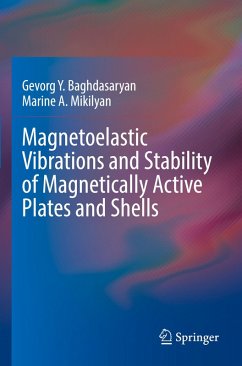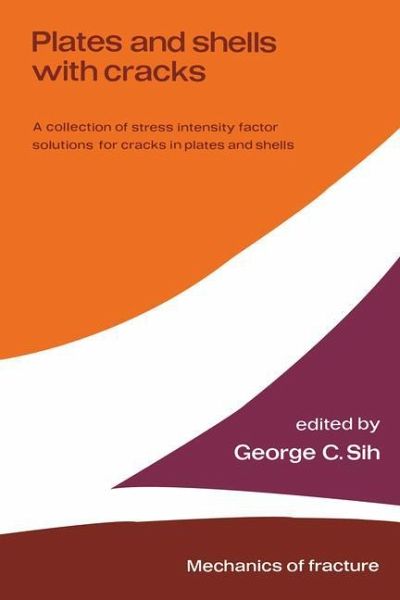
Plates and shells with cracks
A collection of stress intensity factor solutions for cracks in plates and shells
Herausgegeben: Sih, George C.

PAYBACK Punkte
20 °P sammeln!
This third volume of a series on Mechanies of Fraeture deals with eraeks in plates and shelIs. It was noted in Volume 2 on three-dimensional eraek problems that additional free surfaees can lead to substantial mathematical complexities, often making the analysis unmanageable. The theory of plates and shelIs forms a part of the theory of elasticity in which eertain physieal assumptions are made on the basis that the distanee between two bounded surfaees, either fiat or eurved, is small in eomparison with the overall dimen sions of the body. In modern times, the broad and frequent applieations o...
This third volume of a series on Mechanies of Fraeture deals with eraeks in plates and shelIs. It was noted in Volume 2 on three-dimensional eraek problems that additional free surfaees can lead to substantial mathematical complexities, often making the analysis unmanageable. The theory of plates and shelIs forms a part of the theory of elasticity in which eertain physieal assumptions are made on the basis that the distanee between two bounded surfaees, either fiat or eurved, is small in eomparison with the overall dimen sions of the body. In modern times, the broad and frequent applieations of plate- and shell-like struetural members have aeted as a stimulus to whieh engineers and researchers in the field of fracture meehanies have responded with a wide variety of solutions of teehnieal importanee. These eontributions are covered in this book so that the reader may gain an understanding of how analytieal treat me nt s ofplates and shells containing initial imperfeetions in the form of eraeks are earried out. The development of plate and shell theories has involved long standing controversy on the eonsisteney of omitting eertain small terms and at the same time retaining others of the same order of magnitude. This defieieney depends on the ratio of the plate or shell thiekness, h, to other eharaeteristie dimensions and eannot be eompletely resolved in view of the approximations inherent in the transverse dependence of the extensional and bending stresses.



